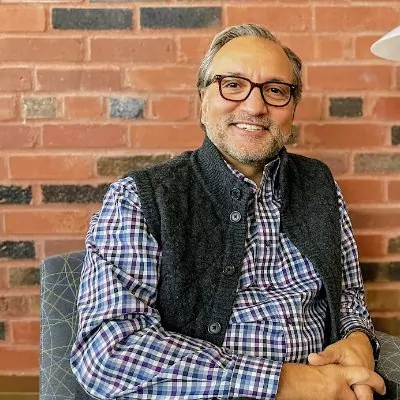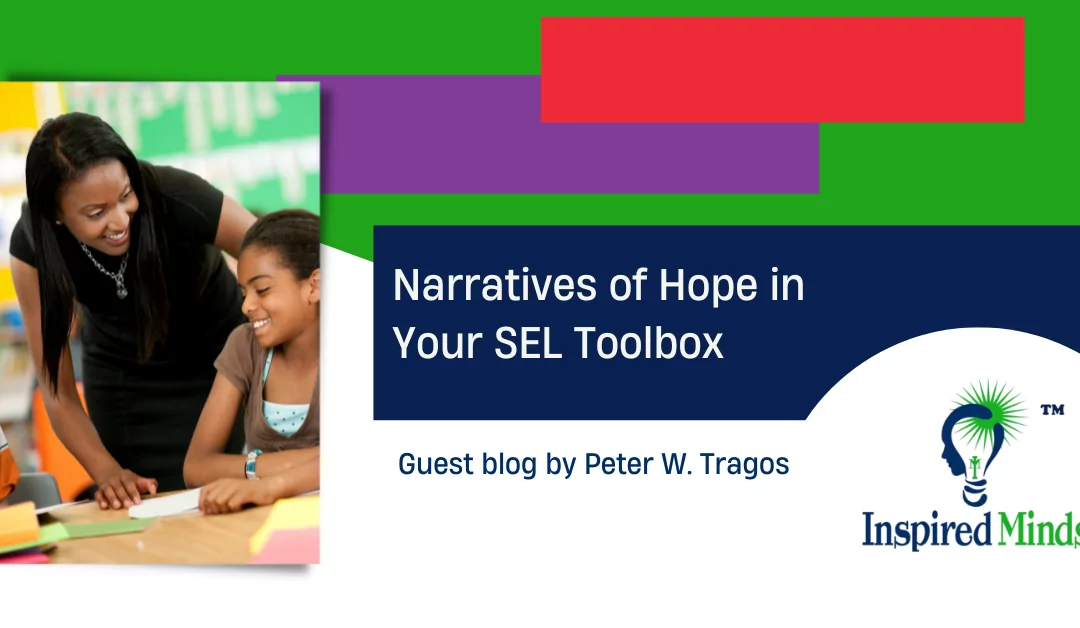We all know the language of teachers possesses the power to inspire or injure, to heal or humiliate. Language sets the academic and emotional climate of the room. The greater awareness of the relationship between the language of the teacher and positive learning outcomes, the greater chance we have of getting the climate just right.
So, we have to ask ourselves: “Does my language optimize learning, achievement, relationships and emotional intelligence?”
Among all the ways teachers communicate their intentions to students, let me focus on one specific type of language that I believe activates a student’s sense of worth and boosts confidence. That is the language of hope.
A Personal Story
Let me illustrate what I mean by the language of hope with a personal example.
Five years ago, when my youngest daughter was in ninth grade, she was a pretty typical high school student – she found great interest in some areas, less so in others, accelerated when necessary, and coasted when possible, doing all that were asked of her, and happily said little to her parents about the daily goings-on in her high school life.
One day, however, during an otherwise ordinary dinner conversation, she announced: “My science teacher thinks I should be a scientist.” Interested and probing for more context around the conversation, I followed with, “Why do you think she said that to you?” She shrugged and said, “I don’t know. She just thinks I’d be a good scientist.” End of conversation.
Future-Oriented Narratives SEL Strategy
But it was not the end for me, especially as the assistant superintendent for curriculum and instruction in the district in which this exchange took place. That seemingly simple statement occupied my thinking for a long time.
Whatever career my daughter chooses does not really matter in this story. What matters is the power of a teacher’s optimism to envision a future for a student that she could not yet see for herself. Regardless of what students will be or do, knowing their teachers believe in them and can see a future world in which they matter and will be influential matters as much, if not more so, than the curriculum we teach.
An important SEL skill is the capacity to envision one’s best self. Narratives of hope are a complementary strategy to help students build their self-awareness, confidence, and sense of agency. Its power rests in its simplicity and authenticity – narratives of hope are not faint praise or platitudes. Quite the opposite. Skilled teachers use this language intentionally and at the right moment, after knowing the student well and seeing something in them that the student cannot yet see for themselves.
Beyond the “I think you would make a great _____” statement itself, teachers can engage parents/guardians or connect the student with a mentor in the school or help the student explore more about the field or pursuit, and they can continue to nurture that future identity for students.
The seemingly simple statement “I think you should be a scientist” crystalized for me the power of future-oriented narratives in schools and classrooms. Watching my daughter flourish in high school and embrace her academic identity in college, I can draw a straight line to that one transformational observation. The concept is generalizable to all grade levels. As educators stock their SEL toolbox with new strategies, this is one with the power to improve the emotional climate of the classroom while helping students envision a future that they cannot yet see for themselves.
About the Author
Peter W. Tragos is the Assistant Superintendent for Curriculum & Instruction at New Trier High School in Northfield, IL. Follow him on Twitter at @pwtragos!



